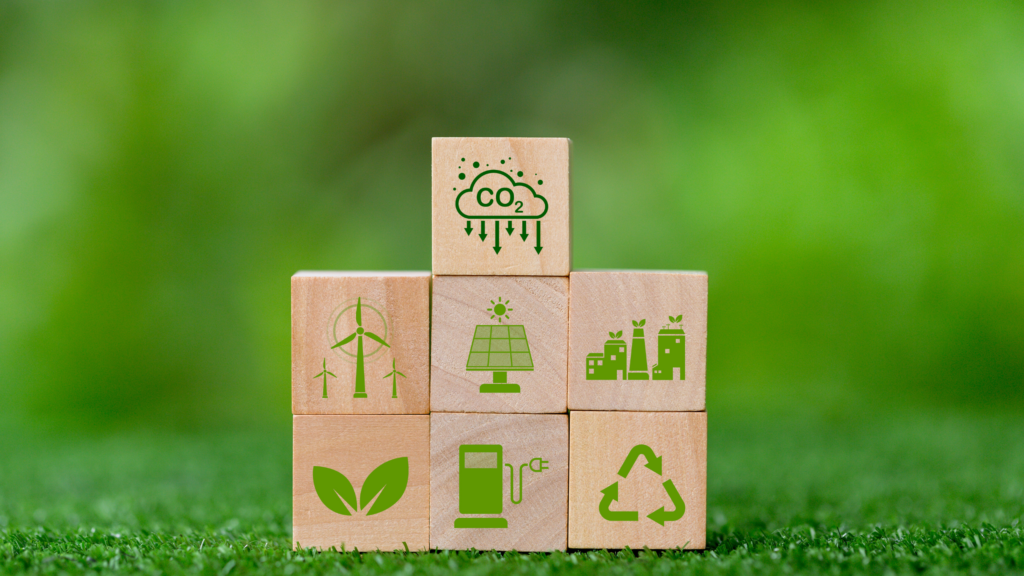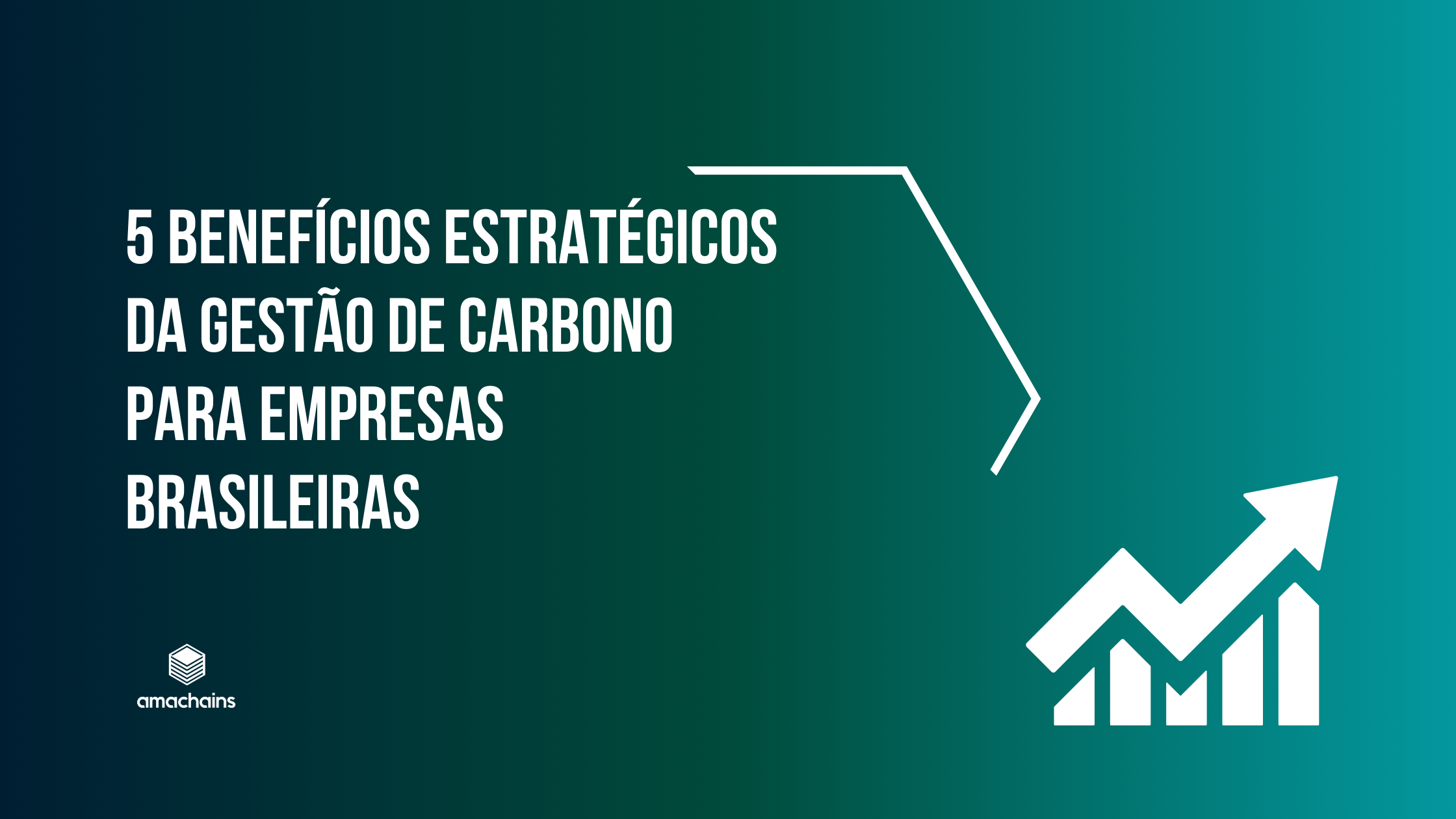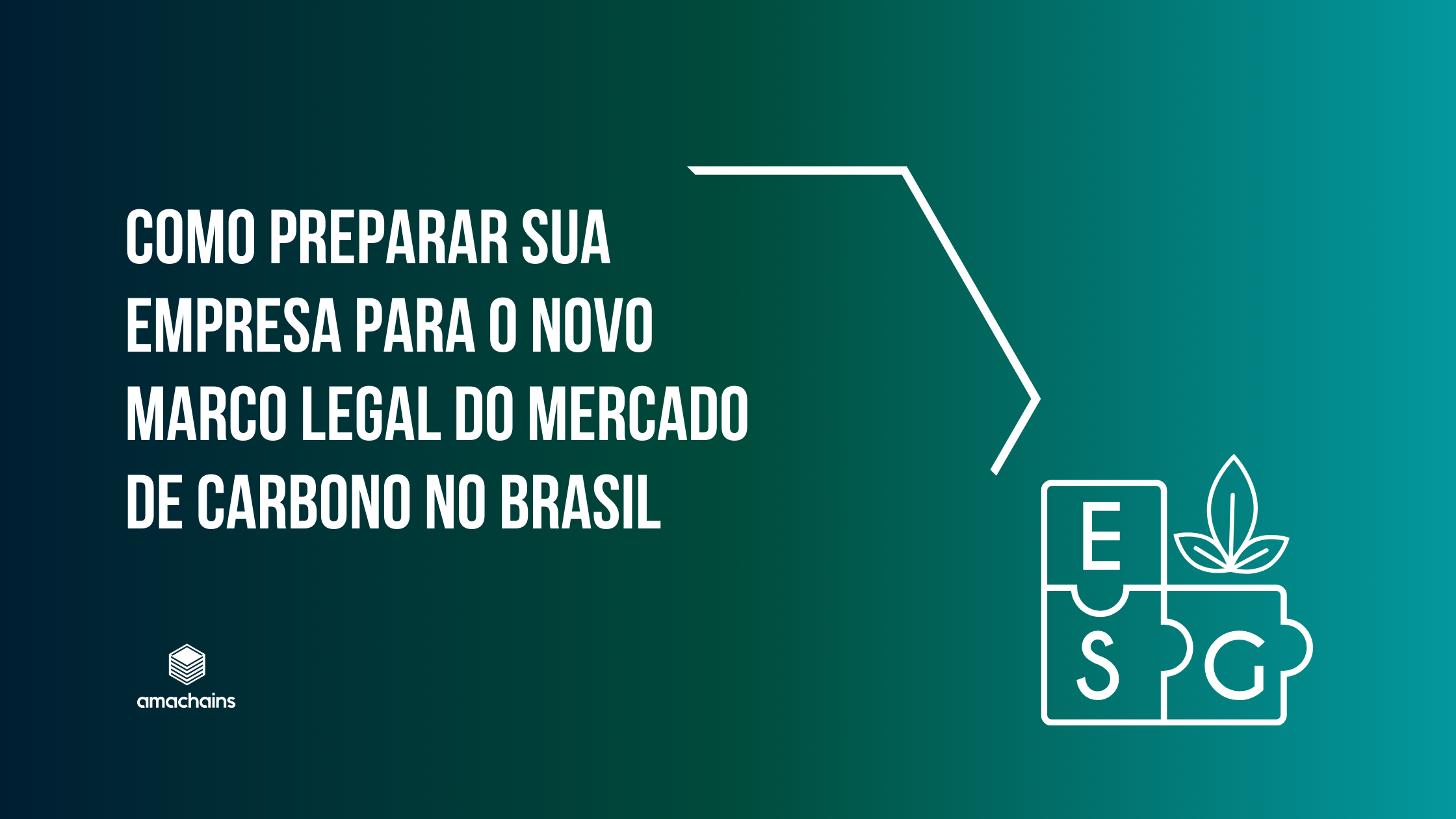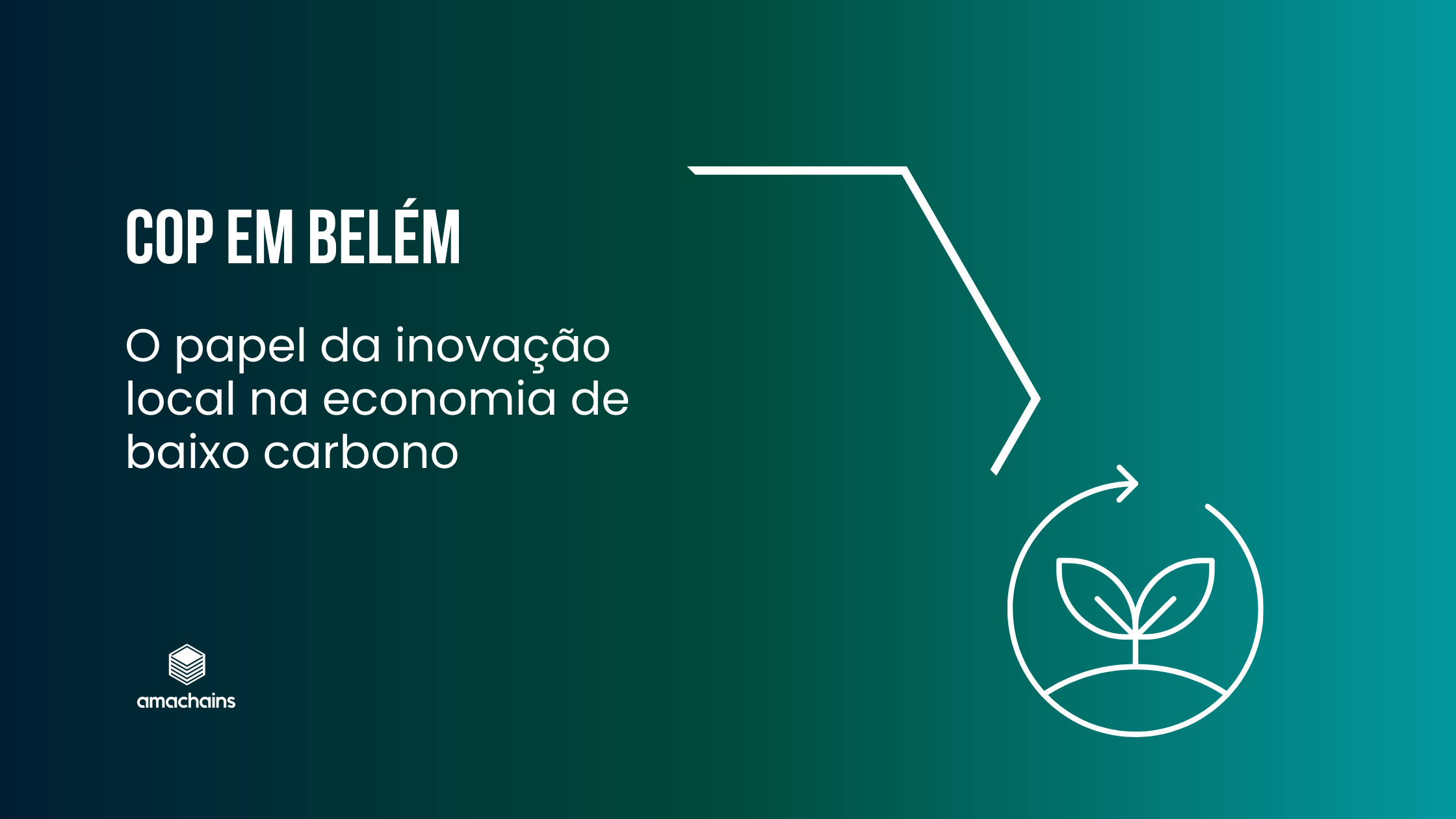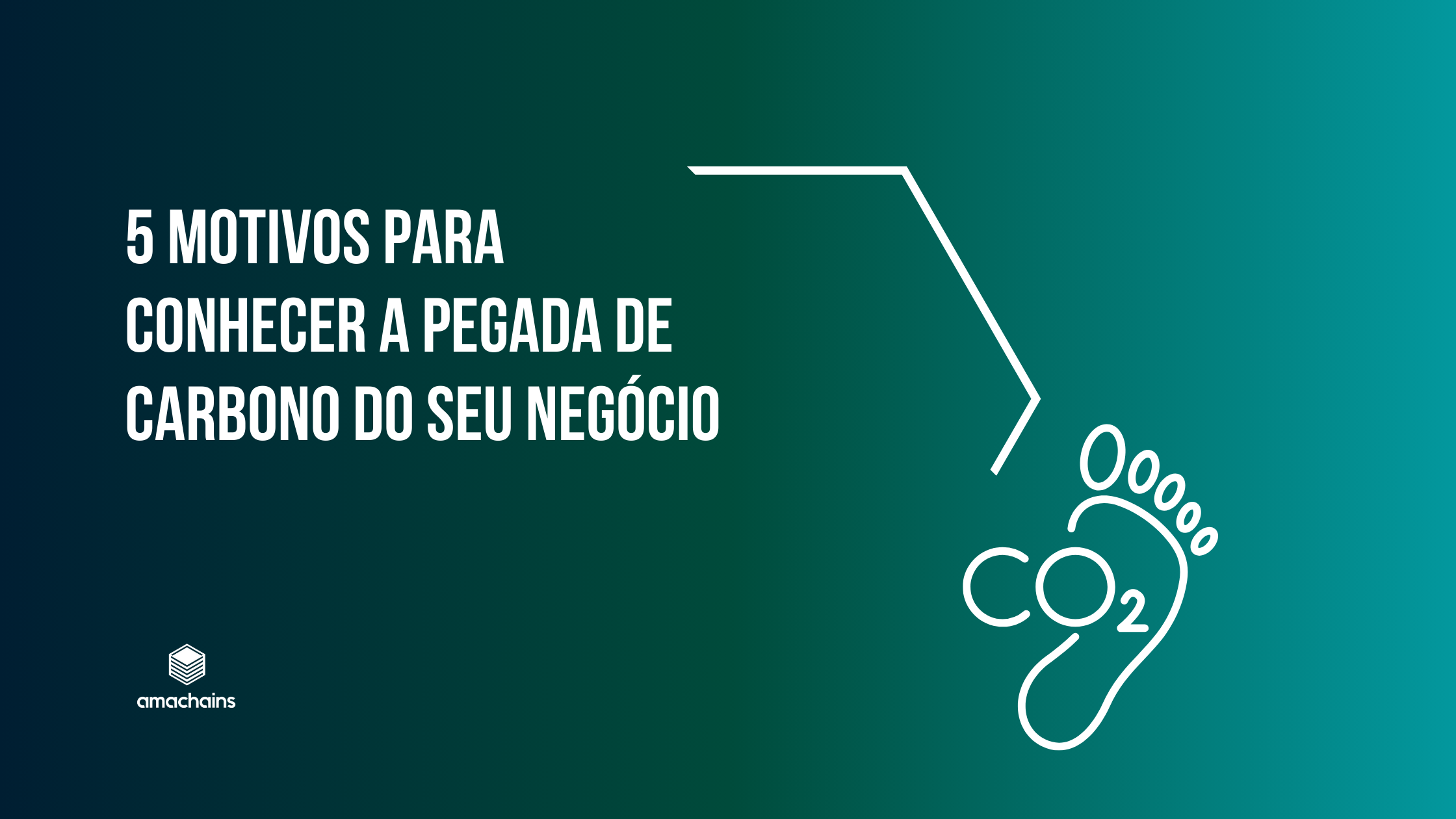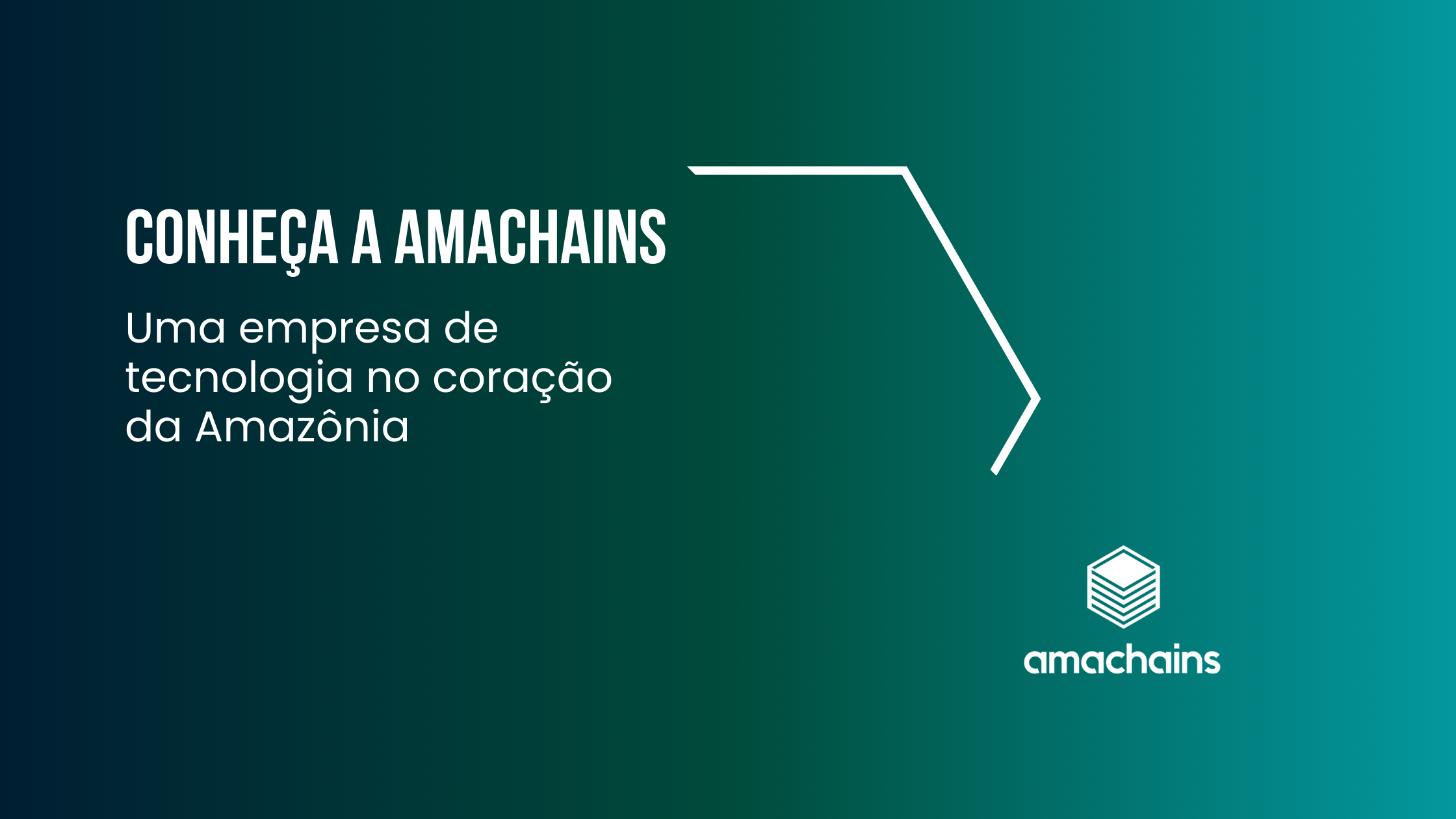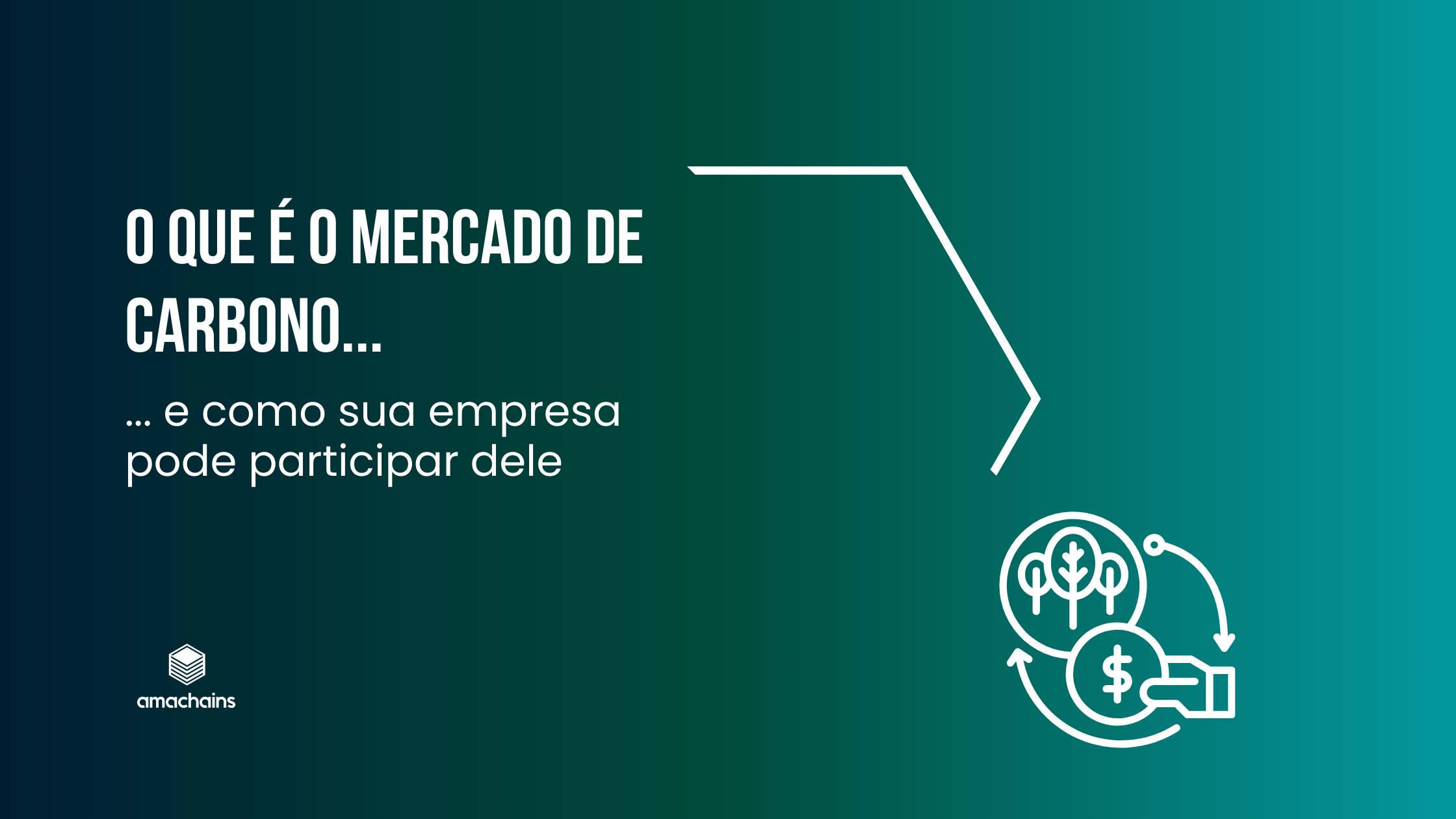Carbon credits are certificates that attest to the amount of greenhouse gases that have not been released into the atmosphere. They are of great interest in a world under pressure from the climate emergency. Agents committed to sustainability see the carbon market as an incentive to reduce the environmental impacts of their production.
But, after all, how much is a carbon credit worth?
In this article, you will understand how the price of each carbon credit is formed in this growing market.
Environmental Challenges
Before knowing how much they are worth, it is important to understand what carbon credits are and how they are sold.
International climate protection agreements have established commitments to reduce emissions of polluting gases into the atmosphere. This commitment is part of the effort to limit global warming to a maximum of 1.5°C. To achieve this, the economy needs to reach net zero carbon.
Netzero: balance between emissions and carbon capture from the atmosphere. In other words, the point at which greenhouse gas emissions from human activity will be zero. At that point, we will achieve emissions neutrality.
The goal is to reach net zero by 2050, and to achieve this, it is necessary to invest in projects that, on the one hand, reduce gas emissions and, on the other, increase the areas where carbon is sequestered from the atmosphere. Due to its extensive region of preserved forests, Brazil has enormous potential for projects that reduce carbon in the atmosphere through forest preservation.
Returning to the carbon market, emission reduction targets have organized agents into two poles: the group that reduces emissions and those that have difficulty meeting the targets.
And that's where the carbon market comes in.
What is the carbon market?
The carbon market is the instrument for exchange between the two groups. Those who reduce their emissions or contribute to the sequestration of carbon from the atmosphere through the preservation of forests sell carbon credits to those who have not managed to neutralize their carbon emissions.
To understand more about the carbon market, read this article.
What is carbon credit?
Carbon credit is the certificate that an agent stopped emitting or sequestered 1 ton of CO2 from the atmosphere.
1 carbon credit = 1 ton of CO2
The purchase and sale of carbon credits takes place in two ways: the regulated market and the voluntary market. In both cases, the value of the carbon credit follows the market rules of supply and demand. In other words, it is demand and availability that determine the fluctuation of carbon credit prices.
The price variation is similar to what we see on the stock exchanges. To monitor this market, the Getúlio Vargas Foundation launched the Bioeconomy Observatory. The platform allows us to monitor the average carbon prices around the world.
Read the report here.
How much is a carbon credit worth?
In the US, the average carbon credit price reached US$$35 in 2022. In Europe, a more mature market, the value reached US$100 per tonne of CO2.
In 2023, according to a report by BloombergNEF, the carbon market has reached the US$1.4 trillion mark. The high volume and intense growth in recent years prove that we are facing an important transformation in production models.
Companies and countries are increasingly under pressure to develop projects that can respond to environmental challenges. In this scenario, Brazil is emerging as a key player, with great opportunities for generating wealth in the green economy.
To achieve this, it is essential that production agents are prepared for the demands of this new production model based on sustainability. Knowing the impact of their production on greenhouse gas emissions is the first step towards this transformation.
Amachains is a technology company with traceability and carbon accounting solutions to help our customers on this journey.
